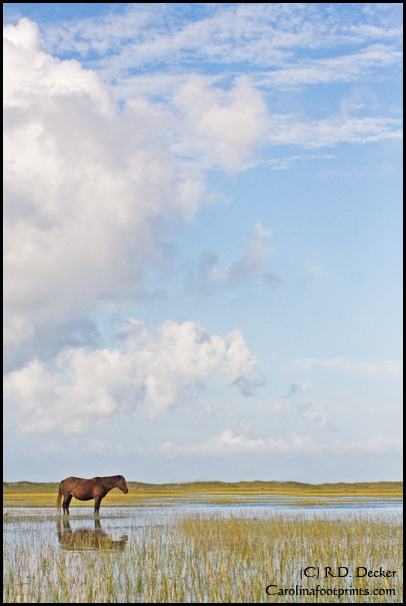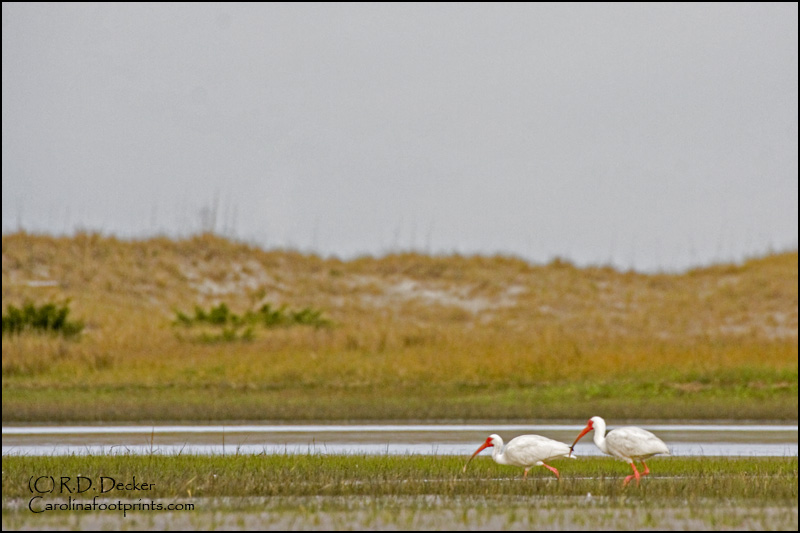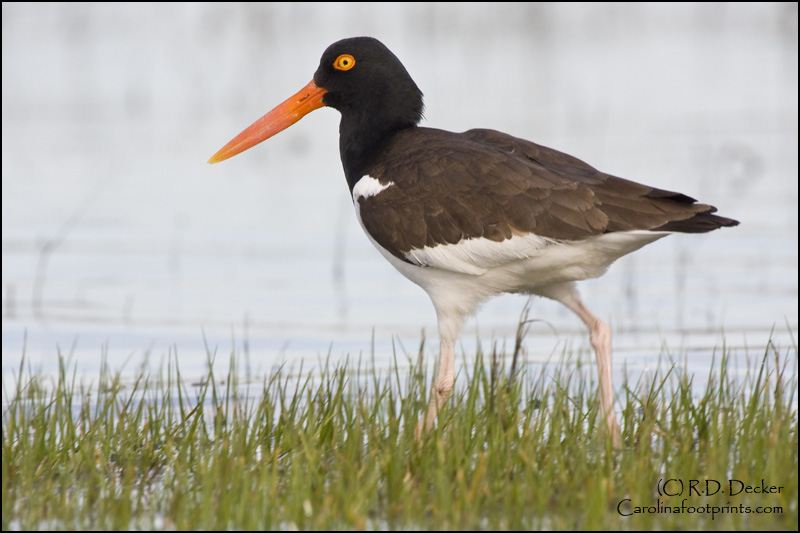
One of the first pieces of advice a novice photographer often receives is to “fill the frame” with the subject. In many cases this is truely sage advice. But there are times when keeping the subject small in the frame can add power to an image. It really comes down to what story you’re trying to tell with your image or how you plan to use it. For example, an image shot as a magazine cover needs some empty areas for the publisher to print their mast head and other information. While a close-up, intimate look at a subject will reveal a lot of information about the species to the viewer, these kinds of shots frequently fail to tell the viewer much about the world where the animal lives. Information about the enviornment can be just as important, perhaps even more so, as show casing the animal its self. The goal may be to tell a story about the hardships the animal endures or how ecological changes are affecting its well being. Keeping the subject small in an image, however, can also be a compositional tool used to enage the viewer more than usual. With a large amount of negative space and the subject small in the frame the viewer may have to look and study the image in order to find the subject, giving the viewer something to do.
Consider the photo to the right of a wild mustang feeding ont he mudflats along the North Carolina coast. While most of the images of wild horses I show feature a much tighter composition on the animal, I wanted to show where the horses live. Without including some environmental information it’s hard to distinguish a portrait of a domestic horse from a wild one.
There are a lot of rules, or more correctly guidelines that help artists and photographer make compelling, interesting and attractive pieces of art. Compositional guidelines can also be used in trying to construct a story through imagery. While in most cases it’s a good idea to apply these composition conceptions to your images, realize there are times where “breaking the rules” is an effective approach. A wonderful piece of advice I once received from a celebrated photographer applies well to this subject: “Get the ‘safe shot’ then step outside the box and try alternate angles and compositions. You may not always hit a home run but as long as you’ve got the ‘safe shot’ on the card you’ve nothing to lose.
Below are a couple more images to consider. One tight and intimate, one where the subject is small. They both have their place.

